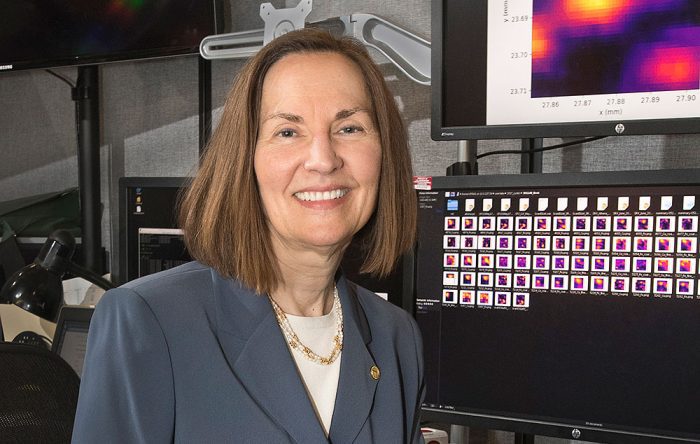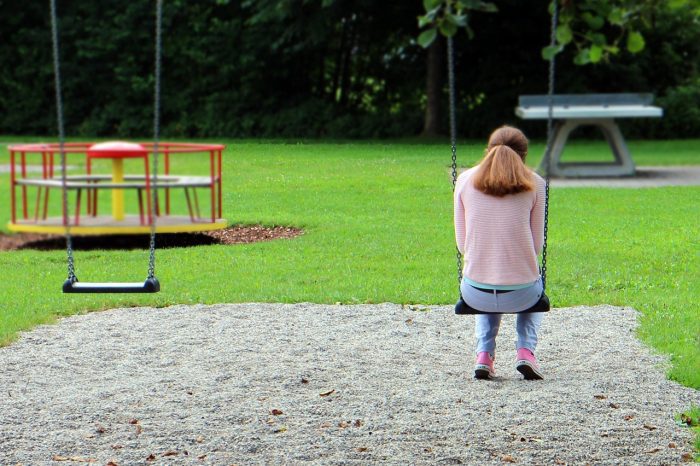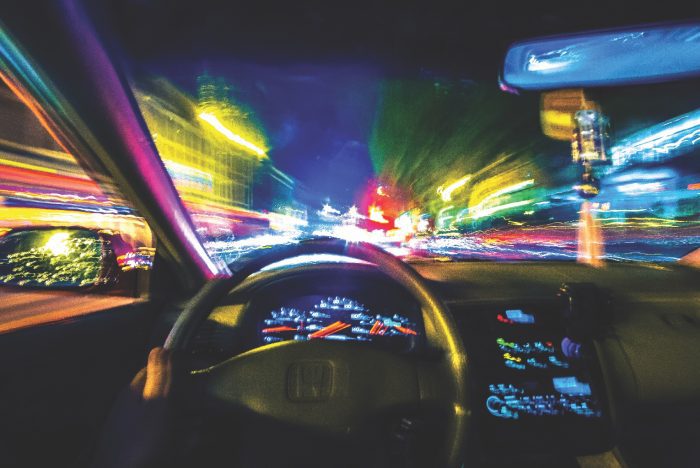By Daniel Dunaief

Amid efforts to revisit budgets and cut federal spending, numerous initiatives have cut, frozen or threatened to reduce contributions to science.
Such approaches, through the Big Beautiful Bill and the Fiscal Year 2026 budget, threaten the future of research.
“Science funding is critical, and paying the full costs of scientific research is important,” explained Kevin Gardner, Vice President for Research and Innovation at Stony Brook University. “We pay the full price for defense contractors and don’t expect them to lose money doing important work for the federal government. Universities are the same.”
Indeed, in the Big Beautiful Bill, cuts to Medicaid threaten health care, which could have implications for the care hospital patients receive as well and the health of local hospitals themselves.
“Cuts to Medicaid indeed are a tremendous threat both to our community and to those that rely on the medicaid program and to the hospitals and academic medical centers that treat patients,” Gardner added. “They threaten the viability of academic medical centers across the country, including Stony Brook.”
Cuts to Medicaid funding may also strain state budgets, which may affect state university funding as well.
Even as senators prepare to review the Big Beautiful Bill, which passed a contested House by a single vote and that has some Republicans expressing buyer’s remorse, Gardner worried about federal research support.
“I remain very concerned about research funding,” Gardner wrote in an email. “I sometimes hear hopeful things, but overall I am not confident at all that the robust research funding that has driven prosperity across the US will continue.”
Gardner and co-author Michael Kinch, Chief Innovation Officer at Stony Brook, wrote an opinion piece in STAT News.
Half of all the drugs approved in the United States from 2020 to 2024 had key patents from academic universities. Most of that work was funded by the National Institutes of Health (NIH), according to their opinion piece.
And yet, the administration has shared a proposed budget for 2026 that cuts National Institutes of Health funding by 43 percent compared with 2025 levels, according to STAT News.
While spending less might appear beneficial in the short term, it threatens innovation, people’s health and future economic gains that might have otherwise come from research.
In dollars and cents, the return on investment from every dollar of NIH spending on research leads to $2.46 in economic activity overall, according to Bruce Stillman, President and CEO of Cold Spring Harbor Laboratory (CSHL).
Cutting back not only has economic consequences but could affect training opportunities for future researchers.
Investments in basic scientific research, such as the kind done at CSHL “fuels innovation, boosts the economy, and paves the way to key medical advances,” Stillman wrote in the president’s essay.
The messages, policies and words from the Trump administration and some of the members of his cabinet have suggested that they are prepared to cut science funding by as much as 50 percent, according to the American Association for the Advancement of Science.
Political leaders from both sides of the aisle generally understand the value and importance of science, said Gardner.
These leaders, regardless of their party, need to stand up for the health and well-being of their constituents and the strength of the economy today and in the future by supporting science.
In the meantime, leaders in other countries have sensed a huge opening and are offering the best and brightest current and future scientists impressive and attractive packages to work in other institutions. These packages have worked for some scientists, who have decided to pursue their research interests on foreign soil, the way so many scientists from earlier decades used to do in the United States.
Our American politicians must stand for more than whatever their parties or their party leaders want or demand, particularly now. Yes, the country needs to make hard choices. Voting for science funding, supporting grants that have already passed through a rigorous screening process, and encouraging the kinds of questions that lead to a better future, should not be one of them.
That includes basic research, which is different from translational research.
“I visited a lab yesterday and was shown a new type of microscope that allowed a new way to observe living cells divide,” Gardner explained. “We don’t know what the new discoveries will be from that work, but we can imagine all the ways cell division contributes to health and disease.”














